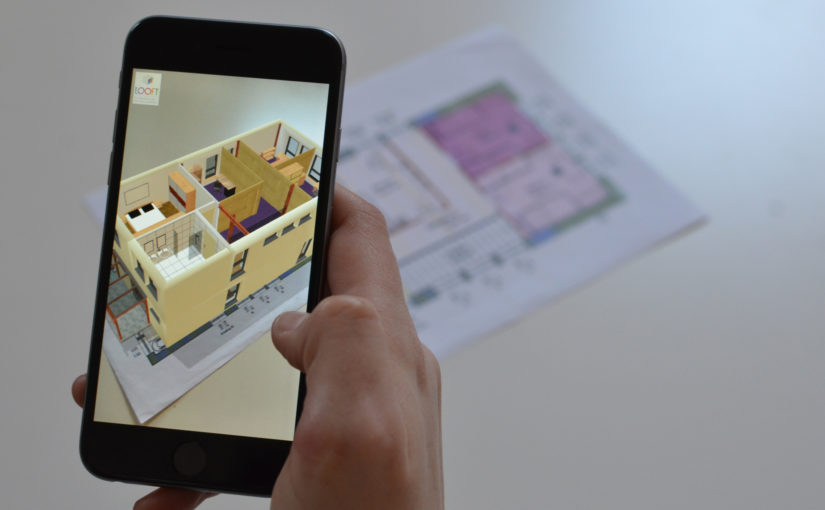Augmented reality applications superimpose virtual information over the user’s view of real-world objects. They also allow users to interact with these simulated environments.
For example, an AR app from IKEA allows shoppers to virtually place furniture in their homes before purchasing it. This technology is also being used in the military to visualize battlefield conditions.
Pokemon Go
Pokemon Go is a free-to-play mobile game that uses geolocation tracking and mapping technology to overlay augmented reality onto the real world. Players walk around the real world while aiming their phone at objects to catch Pokemon characters. The app is credited with popularizing augmented reality and encouraging people to spend more time outdoors.
Players can also collect items at Poke Stops and battle other users at gyms. To access these features the user must first sign up for a Google account or create a Pokemon Trainer Club account. The app will then use the device’s GPS to determine the player’s location in the real world.
It is not the first augmented reality game to use location-based features but it has become one of the most popular due to its innovative premise and the iconic nature of the brand. The fact that Pokemon is a series from the late 1990’s means it has a strong nostalgia element and this makes it a particularly appealing proposition to a young audience.
Google ARCore
ARCore is an augmented reality platform that allows Android users to create world-scale and room-scale experiences on their smartphones. It uses three key technologies to determine how your phone relates to the real world: motion tracking, environmental understanding, and light estimation.
The motion tracking technology of ARCore uses the device’s cameras to observe feature points in a room and determine the position and orientation (pose) of your phone. This information is combined with data from your accelerometers and gyroscopes to accurately track your movement. This way, even if you turn around or move away from a virtual object, it will remain correctly positioned in the environment.
Apps like TikTok and Snapchat use ARCore to improve their in-app AR features, including face detection. Other apps, such as InkHunter, allow users to preview tattoos in AR before getting one, and ColorSnap Visualizer lets them see how a paint color will look on their walls before they buy it.
Microsoft Hololens
The HoloLens is a mixed reality headset designed to interact with real-world objects. It has a wide field of view (FoV) and spatial sound for an immersive experience. It also has a hand-tracking feature that allows users to manipulate holograms. It also has a 5-mic array for communication and voice commands.
The device works by combining digital images with light passing through two transparent displays. These displays, called holographic lenses, contain two flat optical fibers or planar waveguides that are paired together to form an image former. At one end, a source sends out RGB data, which reflects off the internal front and back of each display and then travels along the length of the lens.
The cameras inside the device track a user’s movement and position the holograms accordingly. They also recognize eye movements and gestures to enable a variety of input methods, including gaze, air tap, and the use of a controller. In addition to this, the device has iris-based biometrics for secure and fast log-in.
Jaunt VR
Jaunt VR is the leading provider of hardware, software and tools that enable cinematic virtual reality. Its technology puts the power of VR in the hands of today’s best content creators. This includes filmmakers, brands and other creatives.
The company worked with Paul McCartney in 2014 to produce a full-immersive concert experience for VR viewers. It also partnered with The Northface to produce videos in Moab and Yosemite National Park, showing mountaineers clinging on rocks and cliffs.
In 2019, the company announced that it would be shifting focus to AR instead of VR. The company’s augmented reality technology includes the Personify Teleporter, which captures and streams life-like volumetric AR assets. It will be integrated into the Jaunt XR Platform, a white-label distribution solution for media companies, sports leagues, brands and enterprise customers. Jaunt will continue to support its current customers and partners through this transition, including owners of the $100,000 Jaunt One camera. It will also provide customer support for its upcoming products.







